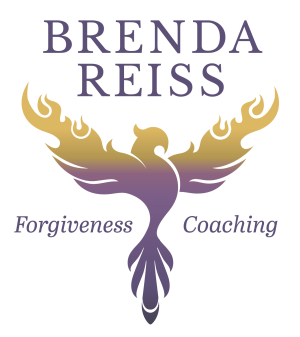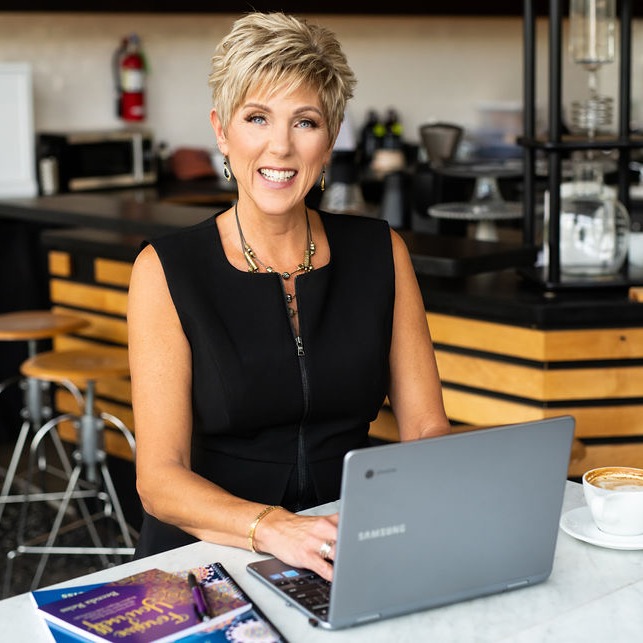You’re a master of communication in high-stakes meetings.
You lead with empathy, handle feedback with grace, and navigate tense conversations like a pro.
You’re calm under pressure, a thoughtful listener, and always two steps ahead when it comes to understanding others’ needs and motivations.
In short, you’ve got emotional intelligence in spades. At work, it’s one of your greatest superpowers.
But when it comes to love?
Things get a little murkier.
Despite your strengths, you may find yourself…
- Struggling to express your needs in romantic relationships
- Avoiding conflict or walking on eggshells
- Taking responsibility for your partner’s emotions
- Feeling like the emotional “manager” in your relationship
- Losing your voice to keep the peace
It’s frustrating. You know how to handle emotional dynamics. But somehow, your EQ skills seem to short-circuit the moment romance enters the picture.
Here’s the truth: emotional intelligence is just as powerful in love, but only when you learn how to apply it differently than you do at work.
Let’s explore how to harness your emotional intelligence in relationships—so you can stop feeling like a CEO in the boardroom and a people-pleaser in the bedroom.
What Is Emotional Intelligence (Really)?
At its core, emotional intelligence (EQ) is the ability to:
- Recognize and understand your own emotions
- Regulate those emotions appropriately
- Empathize with the emotions of others
- Communicate with clarity and compassion
- Navigate social situations and relationships with self-awareness
These are the skills that make you a trusted leader, a top-tier collaborator, and a respected communicator.
In love, those same skills can become distorted if you’re not careful.
The EQ Trap: When Strengths Become Sabotage
Emotional intelligence is a strength, until it becomes a coping mechanism.
In romantic relationships, high-EQ women often fall into patterns like:
- Over-empathizing with a partner’s pain while neglecting their own needs
- Self-regulating to the point of emotional suppression (“I don’t want to overreact”)
- Communicating carefully to avoid discomfort (“I don’t want to hurt their feelings”)
- Anticipating others’ needs while avoiding their own vulnerability
- Fixing or managing instead of expressing or receiving
In the boardroom, these tendencies serve you. They make you a poised, effective leader. But in love? They can prevent deep connection, mutual care, and emotional honesty.
Why?
Because romantic intimacy isn’t about managing, it’s about being seen.
Emotional Intelligence at Work vs. Emotional Intelligence in Love
Let’s break down some key differences:
| Boardroom EQ | Bedroom EQ |
| Prioritizes diplomacy and strategy | Prioritizes vulnerability and authenticity |
| Focuses on conflict resolution and outcome | Focuses on emotional truth and relational safety |
| Regulates emotion for professionalism | Expresses emotion for connection |
| Reads others to lead effectively | Shares self to bond deeply |
| Often avoids emotional messiness | Embraces emotional nuance |
In work environments, the goal is often containment. In love, the goal is connection.
So how do you bridge the gap?
Using Your EQ to Create Intimacy, Not Control
The goal isn’t to turn off your emotional intelligence. It’s to evolve it.
Here’s how to reframe and reapply your EQ skills in your romantic relationships:
Shift from Empathy to Mutuality
At work, you’re excellent at putting yourself in others’ shoes. But in love, constantly prioritizing empathy over your own emotions can create imbalance.
Reframe it: “I can understand your feelings and honor my own.”
Instead of caretaking, practice co-regulating; offering support while also expressing your own needs, boundaries, and emotions. Healthy relationships require mutual emotional responsibility.
Stop Managing, Start Expressing
In work settings, you may filter your words, manage tone, and tailor messages to get the best outcome.
But in love, overly curated communication can feel inauthentic or emotionally distant.
Reframe it: “My truth is worth sharing, even if it’s messy.”
Let go of the need to “say it perfectly.” Your partner isn’t a client, they’re someone who wants to know the real you, not the polished version.
Don’t Mistake Self-Regulation for Self-Silencing
Emotional regulation is a key EQ skill. But many women use it to avoid conflict—telling themselves to “calm down” when anger, sadness, or disappointment arise.
Reframe it: “I can feel and express my emotions without losing control.”
Emotions are not unprofessional in love, they’re essential. Being able to name and express your feelings is a sign of maturity, not weakness.
Let Yourself Be Known, Not Just Understand Others
You’re probably excellent at reading people. You sense shifts in tone, body language, or emotional cues.
But who’s reading you?
Reframe it: “Being known is just as important as knowing others.”
EQ in relationships isn’t just about attunement—it’s about allowing yourself to be seen. Emotional intimacy requires reciprocal visibility.
Use Boundaries, Not Walls
Sometimes, high-EQ women over-protect themselves. You might retreat into logic, overthink your emotions, or distance yourself to avoid being “too much.”
Reframe it: “Boundaries keep me safe—walls keep me stuck.”
You don’t need to shut down to feel strong. You can be soft and still sovereign. Use your EQ to create boundaries rooted in self-trust, not fear.
Practical Ways to Strengthen EQ in Romantic Relationships
Let’s move from concept to action. Here are practical ways to use your EQ strengths to create deeper love:
1. Practice Naming Your Needs Out Loud
Even if it feels uncomfortable, start with small phrases like:
- “I’m noticing I feel a little disconnected, can we talk?”
- “It’s important for me to feel considered in decisions.”
- “I need some reassurance right now. Would you mind giving me a hug?”
This builds emotional fluency and helps your partner understand you—not just guess how you feel.
2. Slow Down Emotional Reactions—Then Share
When something triggers you, give yourself a beat to pause (this is where your EQ shines!). But don’t stop there—come back and share what you processed.
Try:
“I needed a moment to gather my thoughts. Here’s what came up for me…”
This balance of regulation and communication creates safety and honesty.
3. Receive Care Without Earning It
One of the hardest things for high-functioning women? Letting themselves receive.
Your worth isn’t tied to how much you give, manage, or perform. You deserve love just by being.
Practice saying “thank you” instead of “you didn’t have to” the next time someone does something kind.
4. Watch for Over-Functioning
If you’re always initiating conversations, managing logistics, or anticipating your partner’s every need, pause.
Ask: Am I trying to control the relationship or create connection?
Healthy EQ includes the ability to step back and let others show up too.
5. Honor Your Feelings as Much as Theirs
You already know how to validate others. Start offering the same grace to yourself.
Instead of “It’s not a big deal,” try:
“This feels important to me. I want to explore it.”
Your emotions aren’t inconvenient—they’re information.
You don’t need to become someone else to thrive in love.
You don’t need to dim your brilliance or silence your voice.
You just need to redirect your emotional intelligence inward.
Use it not just to manage—but to reveal.
Not just to fix—but to feel.
Not just to lead—but to love.
When you start applying the same empathy, insight, and emotional clarity to your inner world that you give so freely to others?
That’s when love starts to feel like leadership, not labor.
You already know how to navigate complexity.
Now it’s time to let that skillset serve you in the place it matters most.






0 Comments